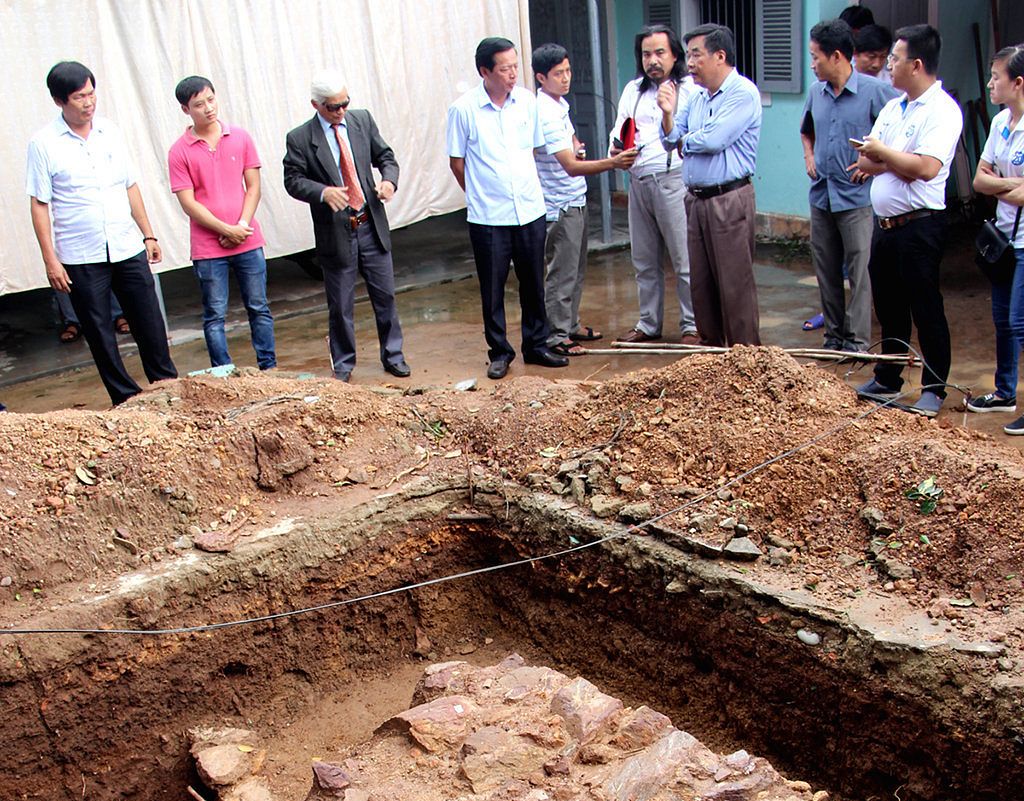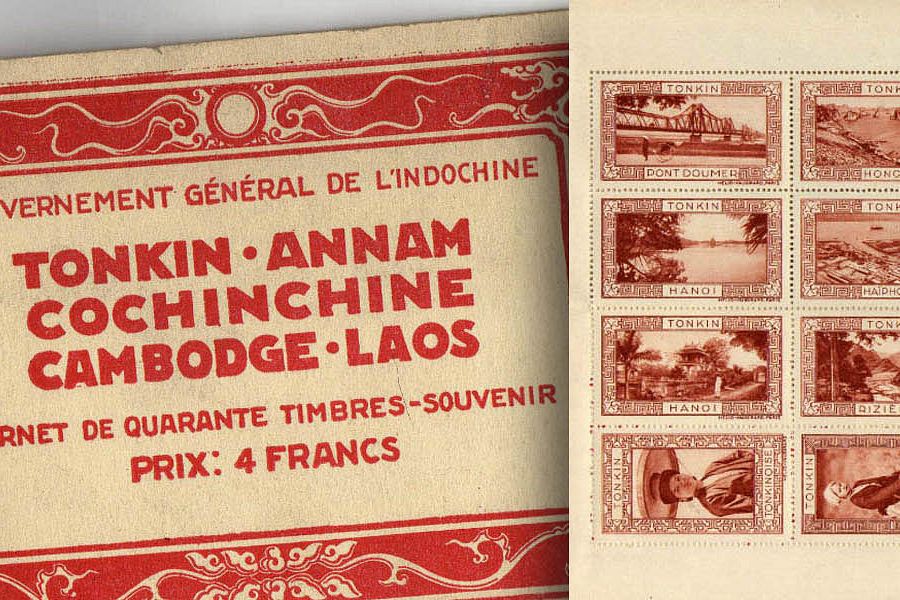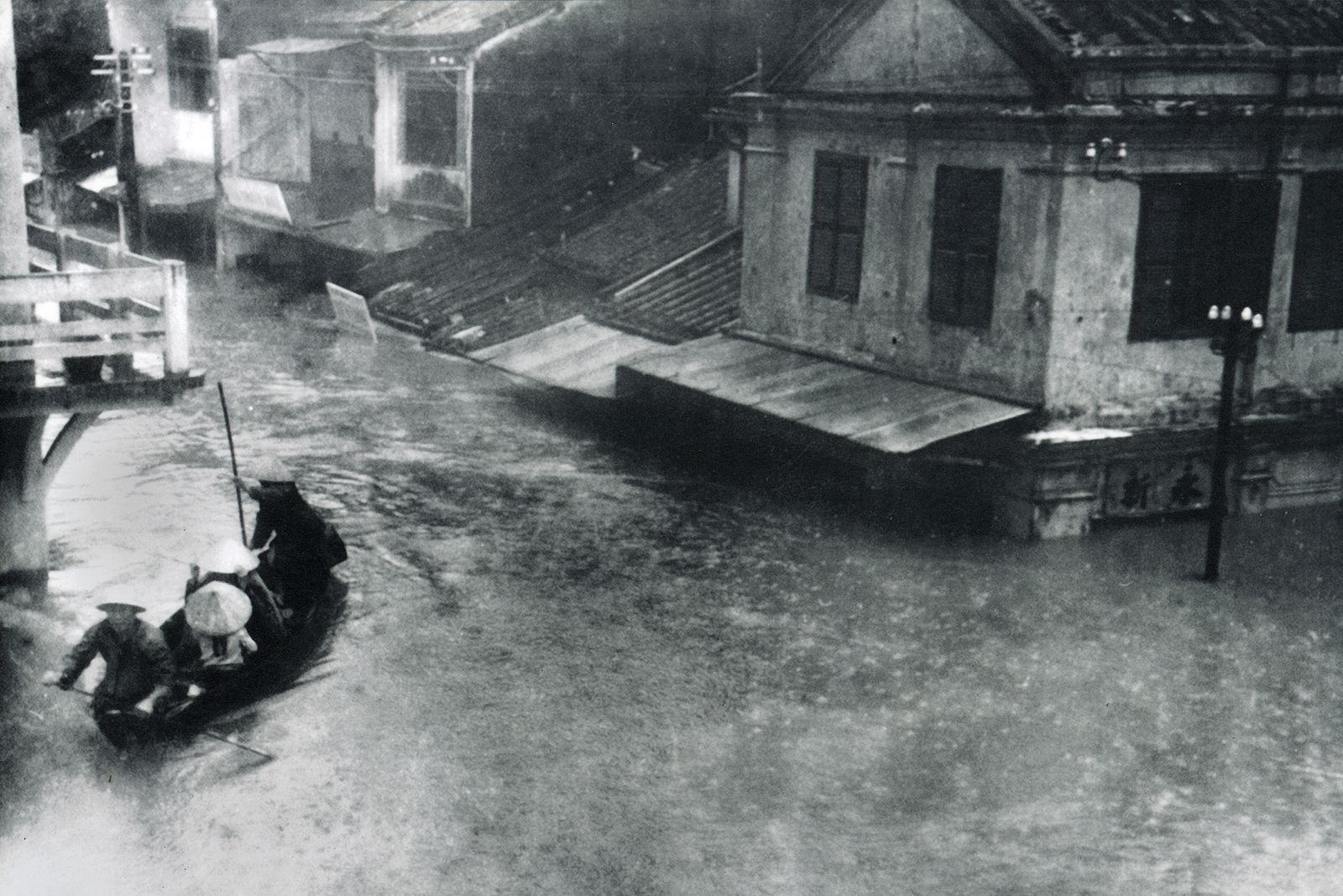Flip through the history books and you’ll find a recurring character trait in many national heroes. From the Trung sisters to Ngo Quyen to Vo Thi Sau, Vietnamese history is full of badasses. While several of the country’s most famous rebels managed to oust their enemies from power for a few days, months or years, three Robin Hood-esque brothers from central Vietnam held onto power for three decades.
Nguyen Nhac, Nguyen Hue and Nguyen Lu grew up in Binh Dinh province’s Tay Son District during a tumultuous era in Vietnamese history. In the mid-1700s, the Nguyen and Trinh lords, a pair of feuding noble families, vied for influence over the ruling Le dynasty. Amidst this cutthroat competition, civilians suffered soaring tax rates, armed conflict and land reforms that pushed many poor farmers off their properties. Peasant uprisings were common and took place across the country as Vietnam’s working class protested against the extravagance of wealthy officials and landowners.
It was amid this atmosphere that, in 1771, Nhac, Hue and Lu launched their own insurrection against landowners in Tay Son. While they were certainly not the first to speak out against the cruelties of the Nguyen and Trinh lords, their enthusiasm for the cause caught on, sparking a 30-year period known as the Tay Son Rebellion that would later vault Nguyen Hue to power.
With the Tay Son brothers at the helm, poor, downtrodden farmers across Vietnam rose up against the country’s nobility. Their Robin Hood-style mantra – “take from the rich and give to the poor” – was enacted by abolishing taxes, freeing prisoners and taking back property from wealthy landowners.
According to historian George Edson Dutton’s The Tây Sơn Uprising: Society and Rebellion in Eighteenth-Century Vietnam, the brothers chose to pick off the Nguyen family first by heading south. Along the way to Gia Dinh, as Saigon was then known, Tay Son fighters managed to kill almost the entire Nguyen royal family with the exception of Nguyen Phuc Anh, who fled to safety first in Gia Dinh and later in a number of locations, from the swamps of Ca Mau to the shores of Phu Quoc, where he and his men were forced to survive on grass and bananas.
By 1777, the Tay Son held strong control over the central region as well as the south, and each brother was responsible for a portion of the country. Nhac, the oldest, presided over central Vietnam, using the ancient Cham political center at Cha Ban as his capital and giving himself the royal name Thai Duc. Hue, the middle brother, and Lu, the youngest, were responsible for the north and south, respectively.
Over the next few years, Nguyen Phuc Anh and the Tay Son would go back and forth, but for the most part, the two enemies chose to remain in their respective territories, building strength and establishing their authority. Meanwhile, according to Dutton’s book, the Trinh lords’ waning influence up north prompted the Tay Son to push toward Thang Long, now Hanoi, in 1786. Nguyen Hue promptly gained influence over the Le dynasty, which was still ostensibly in power, even though the Tay Son leader’s presence dealt a blow to its authority.
Following their success in Thang Long, Hue returned to north-central Vietnam. Up north, however, a series of trusted officials later attempted to betray the Tay Son, hoping to gain power within the Le dynasty, prompting Hue to return and take the throne for himself.
Now without a kingdom, the Le emperor soon fled to China, seeking assistance to reclaim his throne in Thang Long. However Hue caught wind of the news and planned a surprise attack, ordering his troops to celebrate Tet early that year before they launched a surprise attack on Chinese troops during the fifth day of the lunar new year. Unprepared to face such an assault, the Chinese were easily defeated and Nguyen Hue proclaimed himself Emperor Quang Trung.
While this was a victory for Vietnam, the Qing dynasty also immortalized the battle in its Ten Great Campaigns, a 40-year period of Chinese expansion which coincided with the heyday of Qing rule. In the eyes of the Chinese, the Battle of Dong Da, as it was known, was a strategic retreat, one which later resulted in Vietnam paying tribute to China in order to prevent recurring invasions from its northern neighbor.
Regardless, Vietnam remained independent of China’s Qing dynasty, and Quang Trung set about restoring order to his kingdom. The emperor began issuing ID cards and launched a nationwide census project in addition to supporting a large-scale translation effort, which converted traditional Chinese publications into chữ nôm, the modified script used in Vietnam, and aiming to establish a national school system.
Ultimately, however, the beginning of the end came with the untimely death of Quang Trung, who died suddenly in 1792 at the age of 40. His son, only 11 years old at the time, ascended the throne, but political infighting among those close to the throne once again threw the country into chaos.
In the south, Nguyen Phuc Anh had found a very important friendship in Pigneau de Behaine, a French missionary with whom he entrusted with his son, Prince Canh, on a trip to Europe. It was Pigneau de Behaine who advocated on Nguyen Phuc Anh’s behalf, requesting military assistance from King Louis XVI to install the fallen nobleman as Vietnam’s leader. In the end, it was a no from France and Pigneau de Behaine took matters into his own hands, using his own money and connections to amass a military arsenal. These troops, along with Nguyen Phuc Anh’s own army, advanced on the now diminished Tay Son and, in 1802, installed Nguyen Phuc Anh as Emperor Gia Long, reuniting the country and naming his kingdom Vietnam.














